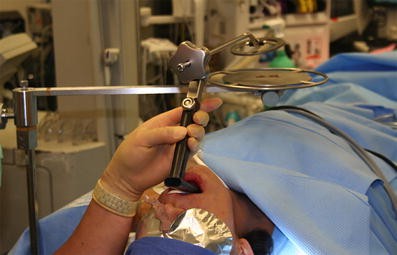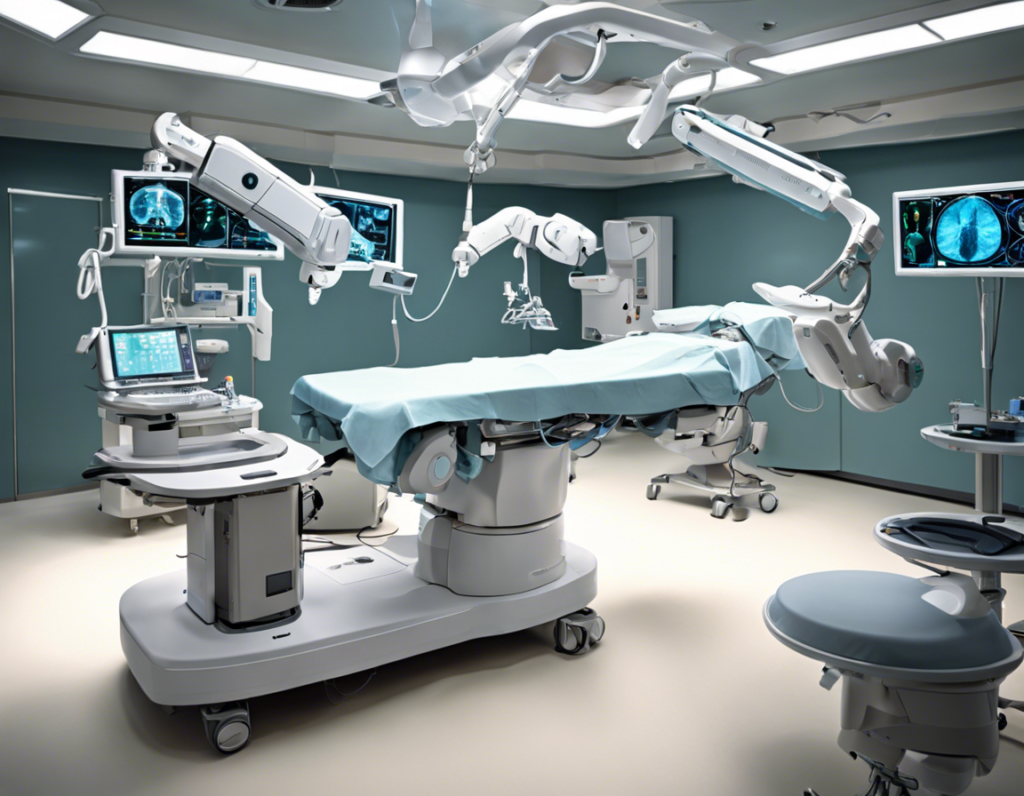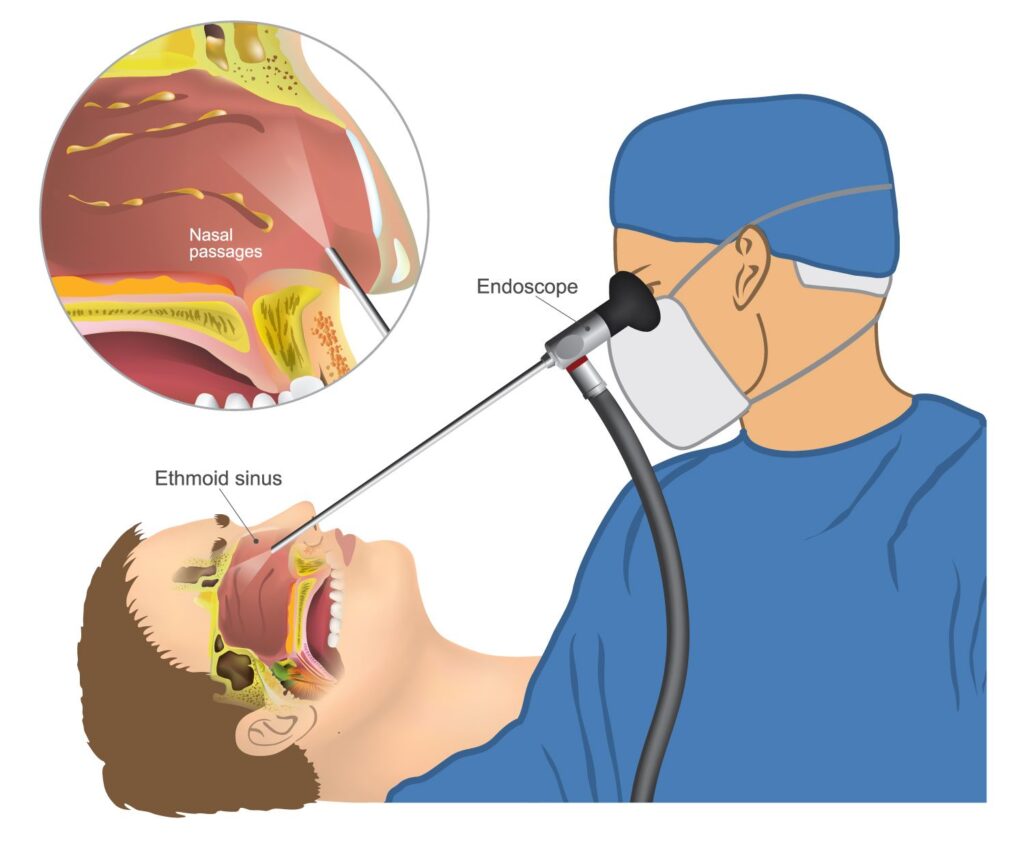Explore comprehensive array of services to cover broad ENT conditions.
Head & Neck
- Lymph node biopsy
- Thryoidectomy
- All head and neck cancer surgery (including complex surgeries like neck dissection and laryngectomy)
- Parotidectomy
- Submandibular gland surgery
- Parathyroidectomy
- Neck cyst excision like Branchial cyst/ Thyroglossal cyst
Throat & Larynx
- Tonsillectomy
- Adenoidectomy
- Soft Palate Surgery (for snoring)
- Larynx / pharynx endoscopy
- Laser laryngeal surgery
- Laryngo-pharyngeal reflux
- Chronic cough
- Voice assessment
Ear
- Myringoplasty
- Tympanoplasty
- Mastoidectomy/ Cholesteatoma surgery
- Meatoplasty
- Ear cancer surgery
- Wax clearance
- Hearing assessment
- Tinnitus assessment
- Dizziness assessment
Nose
- Septoplasty
- Endoscopic Sinus Surgery
- Nasal Polypectomy
- Nasal Cautery (for nosebleeds)
- Turbinate surgery
- Nose blockage
- Allergic Rhinitis

“Mr. Sood expertise is in range of ENT, Head and Neck conditions”
Head and Neck Cancer
If you are worried about having head and neck cancer. Dr. Sood provides complete diagnostic and therapeutic head and neck therapeutic service. He is a core member of regional head and neck cancer multi-disciplinary team.
Common symptoms of head and neck cancer include neck lump, mouth ulcer, persistent change in voice, swallowing difficulty and persistent throat symptoms. If you are worried about cancer you should urgently see a doctor. Its better to be safe than sorry.

Thyroid and Parathyroid Surgery
Thyroid disorders can be due to disorder of structure, which can range from a small lump, multiple lumps to life threatening thyroid cancer. Disorder of function, which are the type of problems that arise when the thyroid produces too much or not enough hormones or . Mr Sood is a member of British Association of Endocrine and Thyroid Surgeons. He is also a core member of regional thyroid cancer multi-disciplinary team.

Trans oral Laser Surgery
Trans-oral means surgeon removes tissue through your mouth. The laser cuts through tissue in the same way as a surgical knife (scalpel) but causes less bleeding. The type of laser most often used in this setting is a carbon dioxide laser. Laser surgery requires special set of skills and training. Mr Sood in trained in laser use and uses CO2 laser when appropriate for operating in the ear, nose and throat especially in voice box surgery.

Robotic Surgery
Trans-oral robotic surgery, or TORS, is surgery of throat primarily for cancers performed through the mouth with robotic assistance. It uses a 3D high-definition camera and special instruments which the surgeon can move. This enables a minimally invasive access and clearer view to areas which are usually difficult to reach, such as the back of the tongue, lower part of the tonsils and the area of the voice box.
The surgeon controls these instruments from a console, in the operating room, and has full control of the instruments in your mouth. An assistant surgeon is next to the patient throughout the operation.
This mode of surgery can be used in carefully selected cases.

Endoscopic Ear Surgery
Endoscopic ear surgery (EES) is a minimally invasive alternative to traditional ear surgery and is defined as the use of the rigid endoscope, as opposed to a surgical microscope, to visualize the middle and inner ear during otologic surgery. During endoscopic ear surgery the surgeon holds the endoscope in one hand while working in the ear with the other. To allow this kind of single-handed surgery, different surgical instruments have to be used. Endoscopic visualization has improved due to high-definition video imaging and wide-field endoscopy, and being less invasive, EES is gaining importance as an adjunct to microscopic ear surgery.

Microscopic Ear Surgery
Microscopic surgery is the gold standard for surgeries of the middle ear and mastoid. They make structures appear larger and have a very bright light. The microscope produces three-dimensional images. A microscope can also be used to perform surgery through the ear canal; however, sometimes larger incisions or more bone removal is required in order to see well.

Endoscopic Sinus Surgery
Endoscopic sinus surgery is a procedure to remove blockages and treat other problems in the sinuses using an endoscope — a thin, rigid tube with a camera and a light. This type of surgery does not include cutting the skin because it is performed entirely through the nostrils.
Endoscopic sinus surgery can help people who experience nasal congestion, pain, drainage, difficulty breathing, loss of sense of smell (anosmia) or other symptoms due to:
Sinusitis (persistent or chronic sinus infections), Nasal polyps, Nasal obstruction or blockage, Sinus and nasal tumours.

